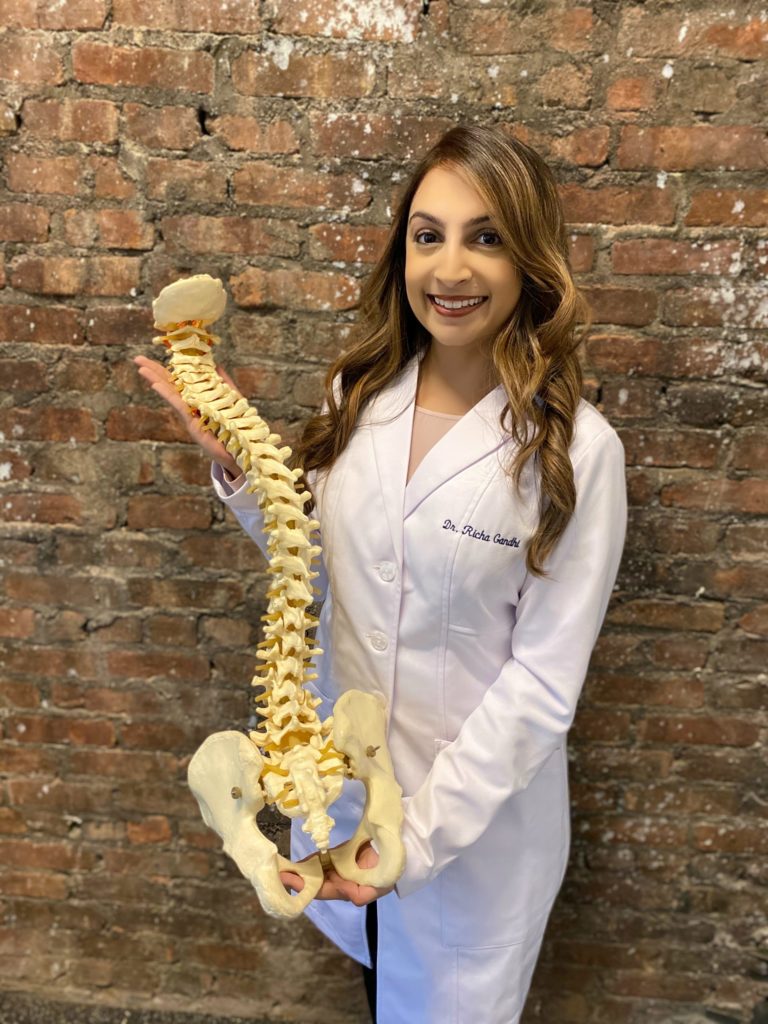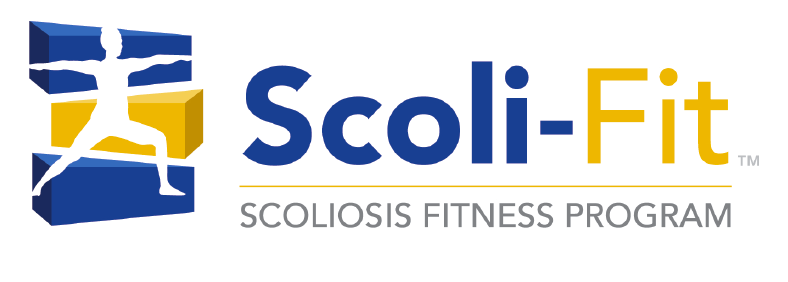Scoliosis is a known condition of the spine that causes the bone to bend in a “C” or “S” shape. Known symptoms often include uneven shoulders, causing a single shoulder blade to stick out, and a hip that is raised at a higher level compared to its counterpart, or an unevenly-aligned waist.
Generally, most causes of scoliosis have not been studied yet and are still to be discovered. In some cases, however, the deformation in the spine is caused by cerebral palsy and muscular dystrophy. For those who are suffering from severe conditions, there’s a high chance that their body will start to be enfeebled.
Today, scoliosis still cannot be treated by consuming any form of medicine. With physical therapy, however, it helps to ease the discomfort that the patient experiences and stop the worsening of the spinal deformation.
Scoliosis will differ for each patient, which is why a trained physiotherapist is needed to devise an effective treatment plan. This way, individual concerns from each person will also be addressed.
Schroth Method
Right now, physiotherapy is deemed as the most effective treatment to ease up any muscular tension and pain caused by the uneven spinal curve. A particular method, the Schroth Method, is now a widely-used method of physical treatment to address scoliosis.
Katharina Schroth was a German school-teacher who suffered from the condition since her younger years. Realizing that the steel brace treatment wasn’t as effective, she wanted to develop a physical conditioning approach to her condition. In time, she was able to develop a more effective physical treatment, and later on, prompted her to open an institute for trials.
This method involves a series of exercises to target the misaligned spine and cause it to rotate back to a more natural form. Such exercises also restore symmetry on the muscles, stretch and stabilize the spine, build posture awareness and a stronger posture, and teach proper breathing techniques.
As of today, the treatment now implements the use of additional tools, such as therapy balls and poles, that significantly help in restoring the spine’s natural shape. The Schroth Method also encourages patients to have a more mindful approach to recovery and daily activities.
Physiotherapy outcomes
Mostly, the patients who participate in physiotherapy treatment and exercises for scoliosis soon see an improvement in terms of posture, core endurance, and stability. Sessions are fairly short, lasting only for at least 45 minutes to an hour.
Participating patients report numerous benefits, including reduced to fully-relieved pain, improvements in locomotion, and enhanced breathing, among others.
Some treatments may also include the usage of a brace along with breathing exercises, which can be safely repeated without the supervision of a professional as part of a continuous treatment routine.
Conclusion
It should be noted that scoliosis is not a disease, but sometimes, it can be caused by a disease. This, however, is rare and is mostly developed from an unknown cause during adolescence. It is also likely to be caused by spinal degeneration during adulthood.
While a sure-fire way to treat scoliosis has yet to be discovered, physiotherapy has had huge leaps over the decades when it comes to making patients feel better, and it is currently the best-known approach to treat this condition.
We offer an advanced non-medical correction program for scoliosis. Located in NYC, we have been on this mission to provide correction programs for New Yorkers for 35 years. Get in touch with us today to start experiencing a quality of life with ease once again.
Adult Scoliosis is a Problem – Three Reasons Why

A Quick Guide to Scoliosis and How to Deal With It

Virtual Scoliosis Exercise and Nutritional Consultation Now Available Online

Why Physiotherapy Is Beneficial for Scoliosis Patients – What to Know
3 Common Types of Alternative Scoliosis Treatment Methods – What to Know
Let's Help You!
Scoli-Fit
NYC 160 Broadway 16th Floor New York NY 10038
inquiry@tristanp3.sg-host.com
